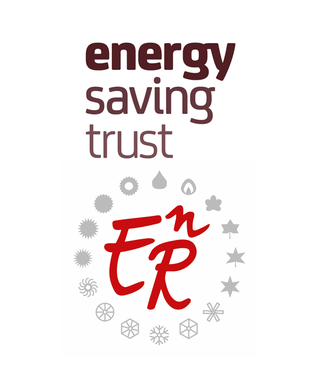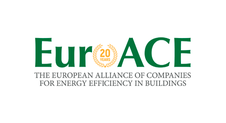Search eceee proceedings
EU fleet consumption regulation undermines climate protection
Panel: 6. Transport and mobility
This is a peer-reviewed paper.
Authors:
Dieter Seifried, Büro Ö-quadrat GmbH, Germany
Sebastian Albert-Seifried, Büro Ö-quadrat, Germany
Abstract
The EU fleet consumption control mechanism is misconceived to help to reduce the overall CO2 emissions in Germany. Due to the generous credit and super-credit system for electric and hybrid-vehicles and the measuring method, the consumption control mechanism has far-reaching negative consequences for the climate and German taxpayers.
The EU's CO2 reduction targets for fleet consumption of 95gCO2/km for 2021 and a further 30% or 35% reduction for 2030 compared to 2021 can only be met through a strong increase in pure battery (BEVs) and plug-in hybrid (PHEVs) vehicles. PHEVs are designed to pass the NEDC test cycle (since 1.9.2018 the WLTP test cycle) using the electric charge when the battery is initially fully charged. If the emission from fossil fuel supply for a further 25 km is calculated to be below 50 g/km, they - like BEVs - are accounted as zero emission vehicles (!). In reality the large and heavy PHEVs predominantly run on combustion engine in normal daily use.
Credits and super-credits for PHEVs and BEVs can halve CO2 emissions by 2030 on paper, but they will not actually reduce CO2 emissions on the medium term. We will demonstrate this discrepancy through various case studies. Contrary to its original intention, the existing EU fleet consumption regulation is the basis for the German automobile manufacturers to further expand their product range of heavy vehicles with high CO2 emissions.
The consequence is costly to the taxpayers: as the non-ETS reduction set by the EU Climate Change Guidelines and the Climate Action Regulation of 2018 will fall far short, compensation payments from the German Government will be unavoidable. According to calculations by Büro Ö-quadrat the compensation will amount to more than €10 billion by 2030 - for private transport alone. The paper will close with suggestion to close the gap in the EU-regulation and will discuss instruments which make it possible to achieve the climate protection goals in the transport sector.
Downloads
Download this paper as pdf: 6-127-19_Seifried.pdf
Download this presentation as pdf: 6-127-19_Seifried_Presentation.pdf
Panels of
1. The dynamics of limiting (energy) consumption
2. What's next in energy policy?
4. Monitoring and evaluation for greater impact
5. Smart and sustainable communities
7. Make buildings policies great again
8. Buildings: technologies and systems beyond energy efficiency
9. Improving energy efficiency in ICT, appliances and products

























